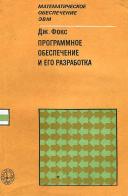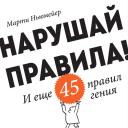Новые книги
Вопрос и Ответ 23
Вопросы и Ответы
- Добавить в конец строки типа String символ #0;
- Передать вместо PChar адрес первого символа строки типа String.
23. Для API функций необходим формат строк типа PChar. Как его получить из строк типа String?
Для перевода строк из типа PChar в тип String, и обратно, есть две основные функции:
function StrPCopy(Dest: PChar; Source: String):
PChar; {Из String в PChar}
function StrPas(Str: PChar): String; {Из PChar в String}
Если использование второй функции не вызывает проблем, то использование первой - требует создания указателя на строку типа PChar и выделения необходимой памяти, что не очень приятно. Но это можно обойти одним очень хорошим способом:
Пример:
............
VAR S: String;
............
+#0;
ExtractIcon(HInstance, @S[1],
0);
............
...предыдущая страница следующая...
оглавление

